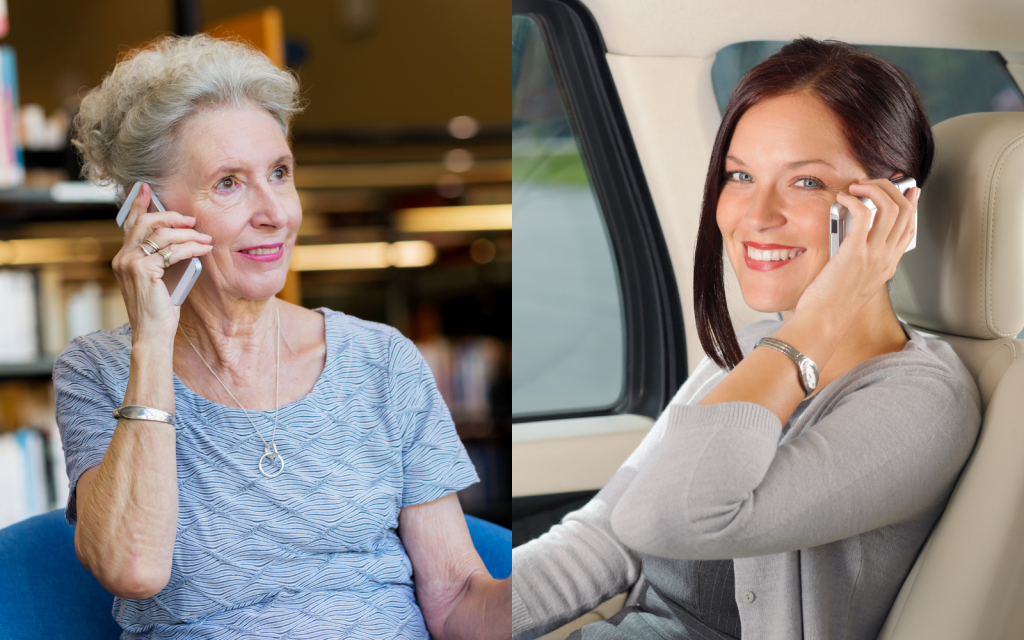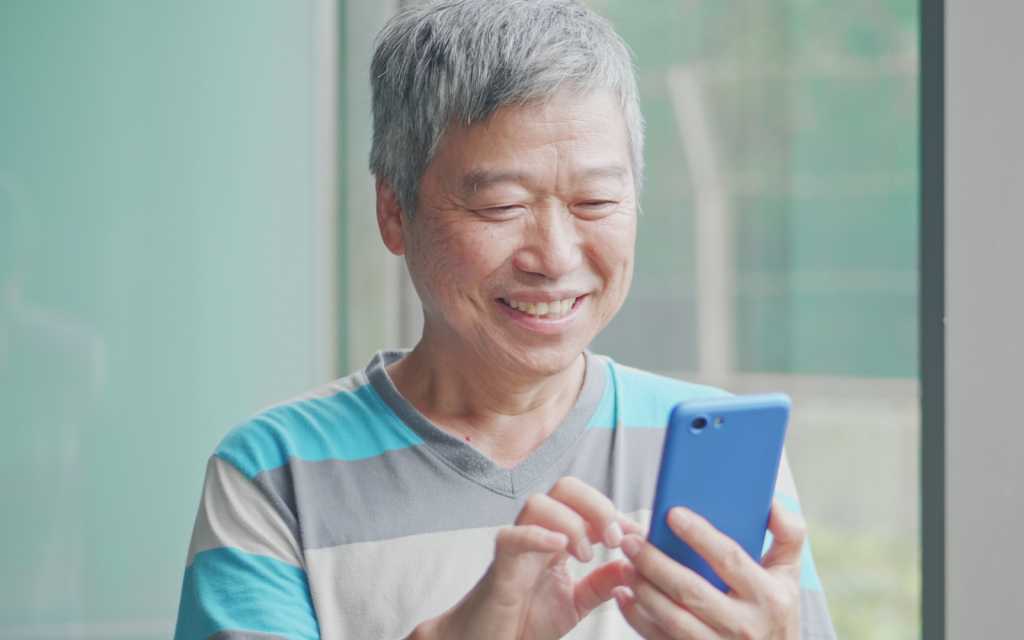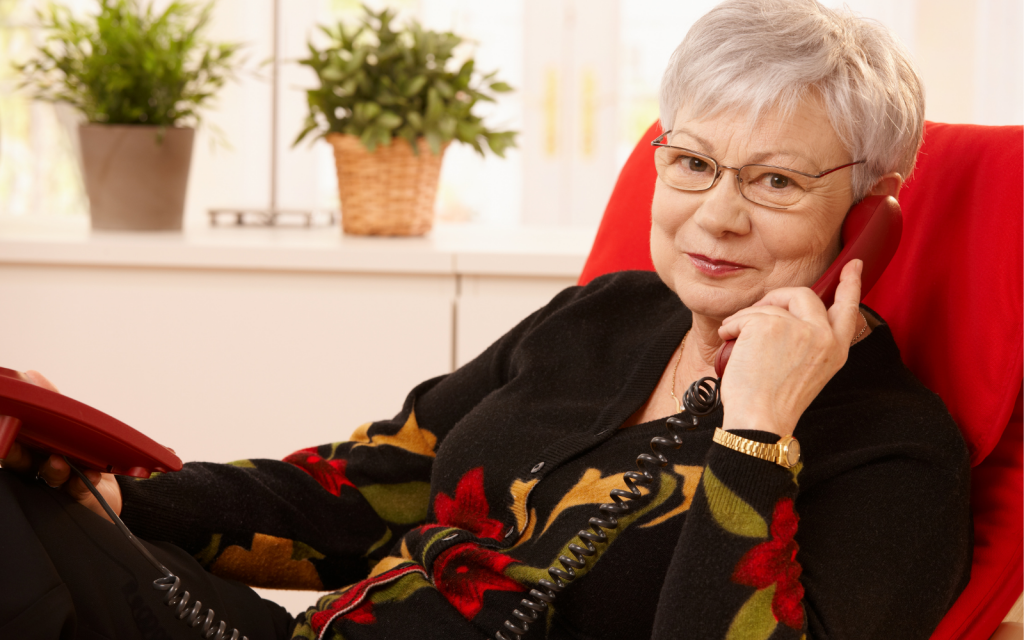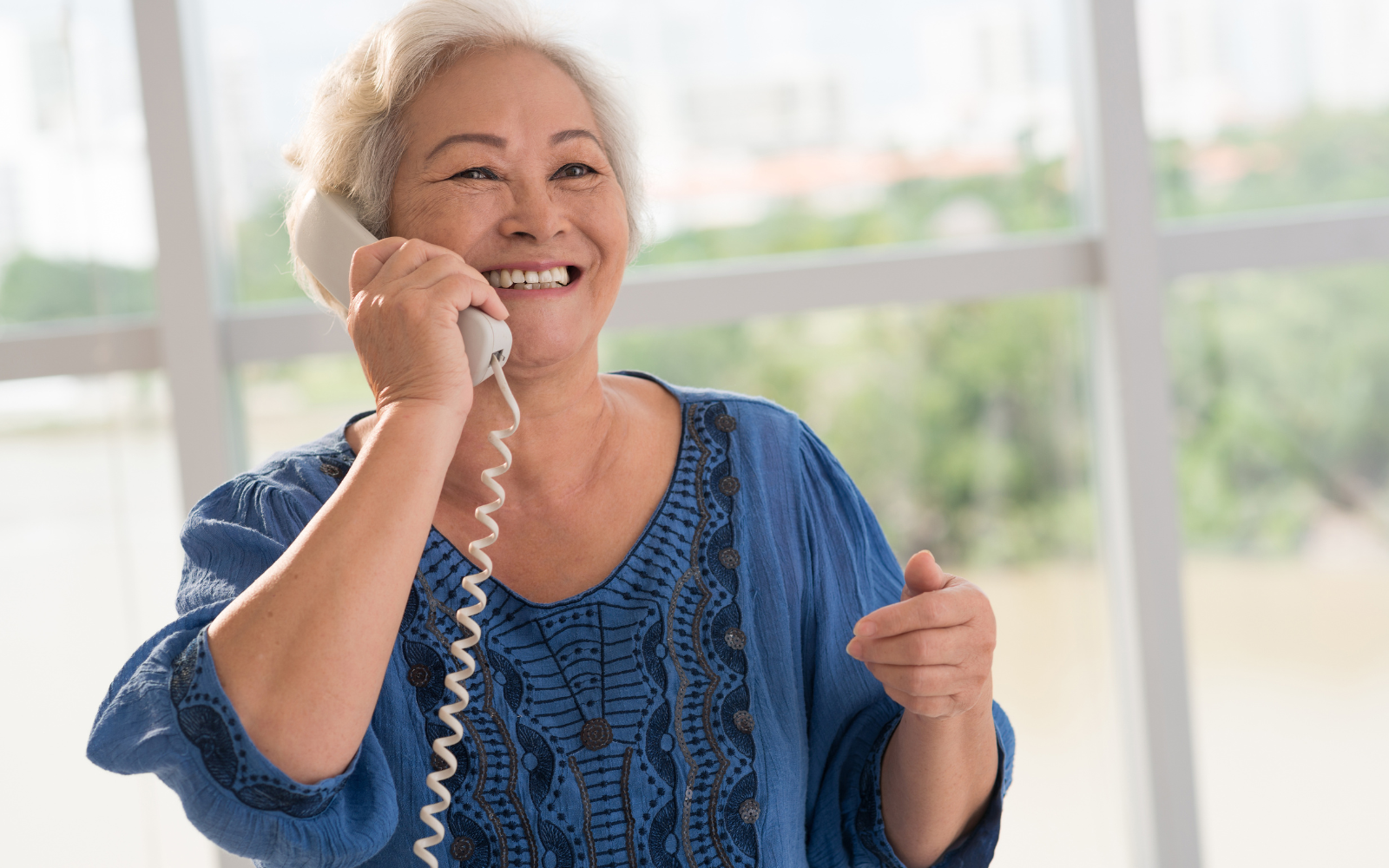Aiyo, why you so kaypoh? But thank you lah!
Growing older often means facing unique challenges, especially for those seniors who choose to live independently. One of the primary concerns for family members is the safety of their elderly loved ones, particularly if they are living alone. The potential for falls, medical emergencies, and the general need for social interaction are all critical aspects that require attention. This article explores various strategies to ensure that seniors living alone remain safe, connected, and supported.
The Critical Role of Regular Check-Ins:

Daily check-ins are a simple yet effective way to ensure the well-being of an elderly person living alone. They provide a regular touchpoint and can quickly highlight any potential issues or changes in their usual routine. Families can establish a routine of regular calls or visits, ensuring that their loved ones are safe and well. In addition, community services or local initiatives may offer check-in programs, fostering a network of support.
Leveraging Technology for Senior Safety:

Technology has become a valuable tool in enhancing the safety of seniors living independently. We’re talking about apps that remind them to take their medication, wearables that detect falls, and even smart home devices that can alert family members in case of an emergency. A noteworthy mention is Snug Safety, a user-friendly app designed specifically for seniors living solo. With a simple tap, seniors can check in daily, and in case they forget, the app automatically notifies their emergency contacts, adding an extra layer of safety. Families can explore a range of solutions to find what best suits their needs, ensuring a layer of protection and peace of mind.
Choosing the Right Type of Call:

Automated or Live, That’s the Question.
When it comes to check-in calls, there’s a buffet of options. Automated calls are like the vigilant watchmen, ensuring that if a call goes unanswered, help is on the way. Live calls, on the other hand, bring a human touch to the equation, a friendly voice that can sense if something is amiss. And for those heart-to-heart talks, nothing beats a live companion caller, ready to lend an ear and share a laugh.
Conclusion – Balancing Autonomy and Safety

By embracing a combination of personal connection, technology, and support, we can create a nurturing environment that upholds their independence while safeguarding their well-being. With initiatives like CareLine and strong community partnerships, Singapore is demonstrating its commitment to creating a supportive environment for its senior citizens, ensuring they can age in place and comfortably in their community.

